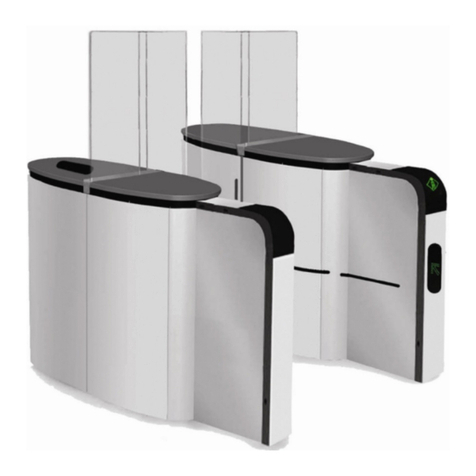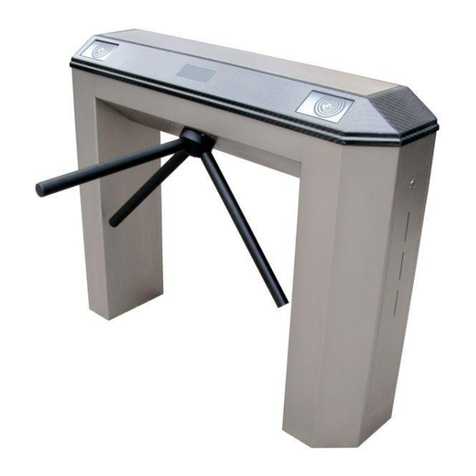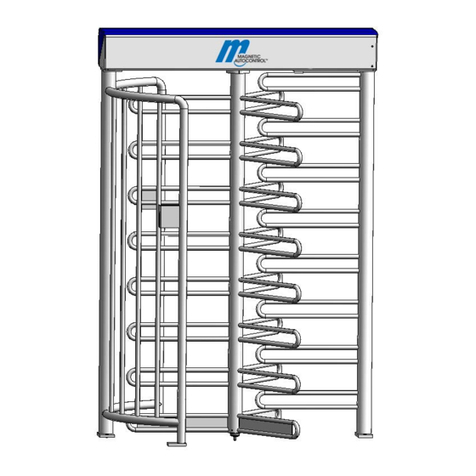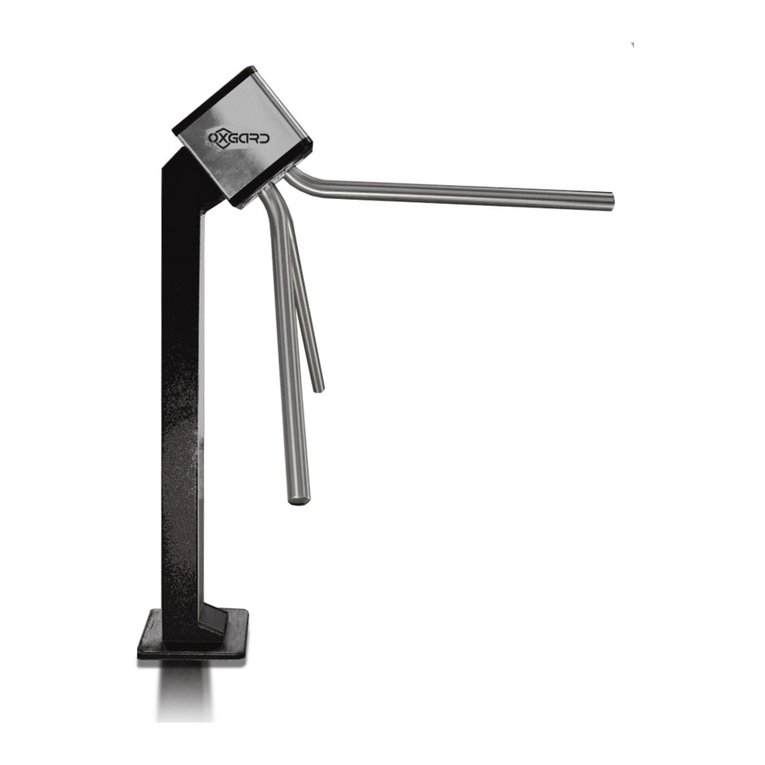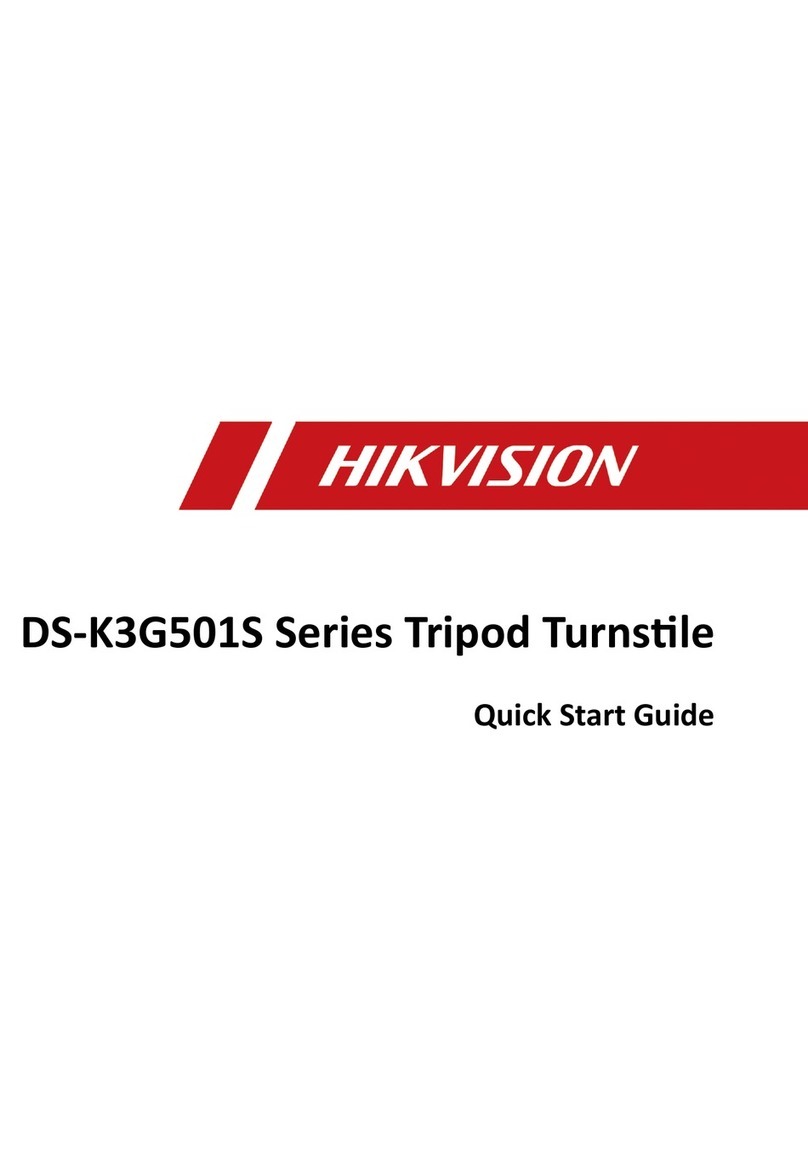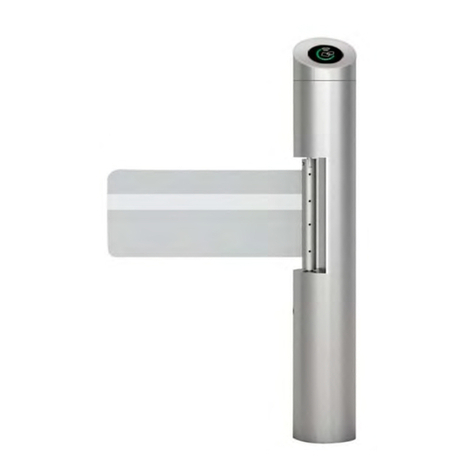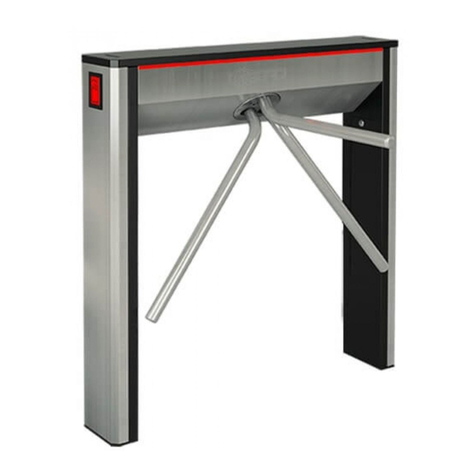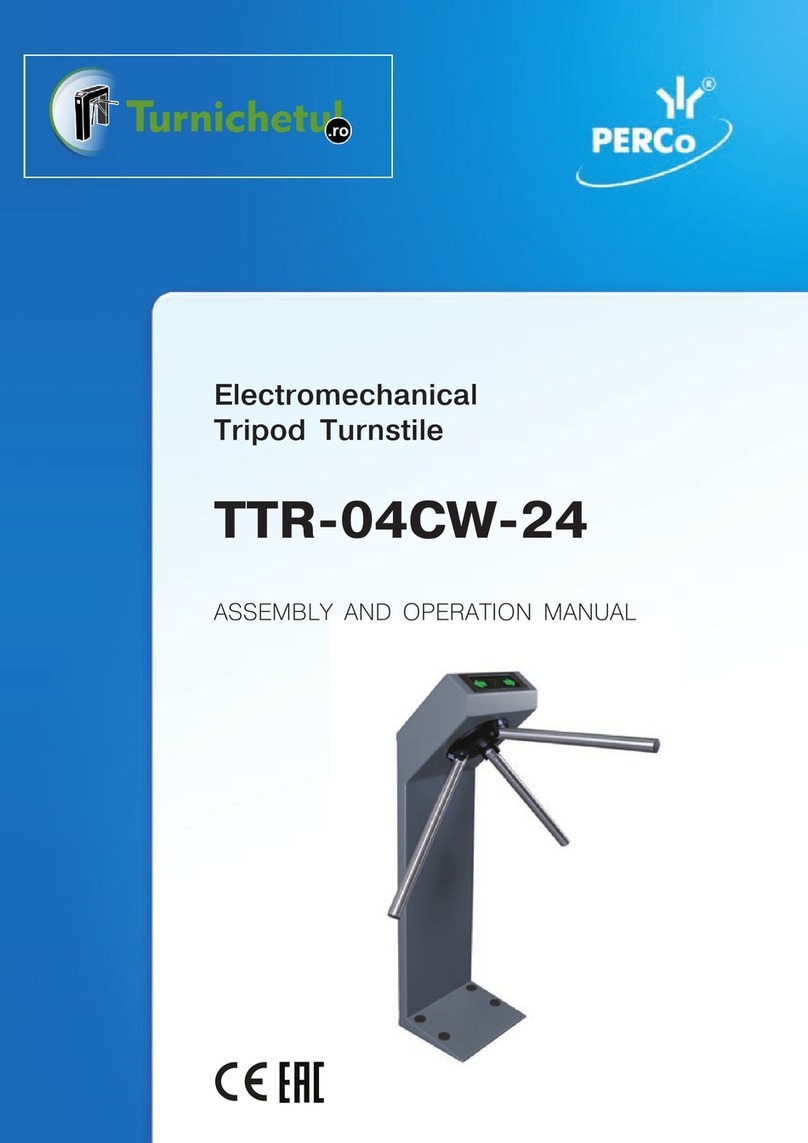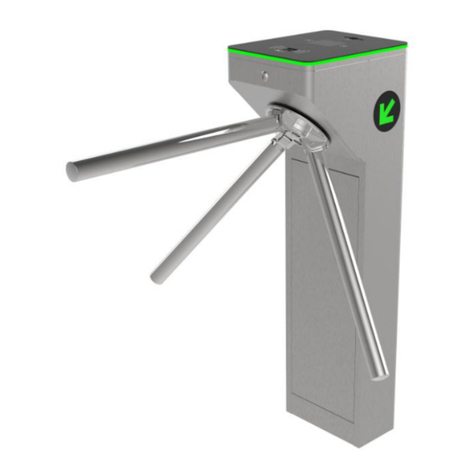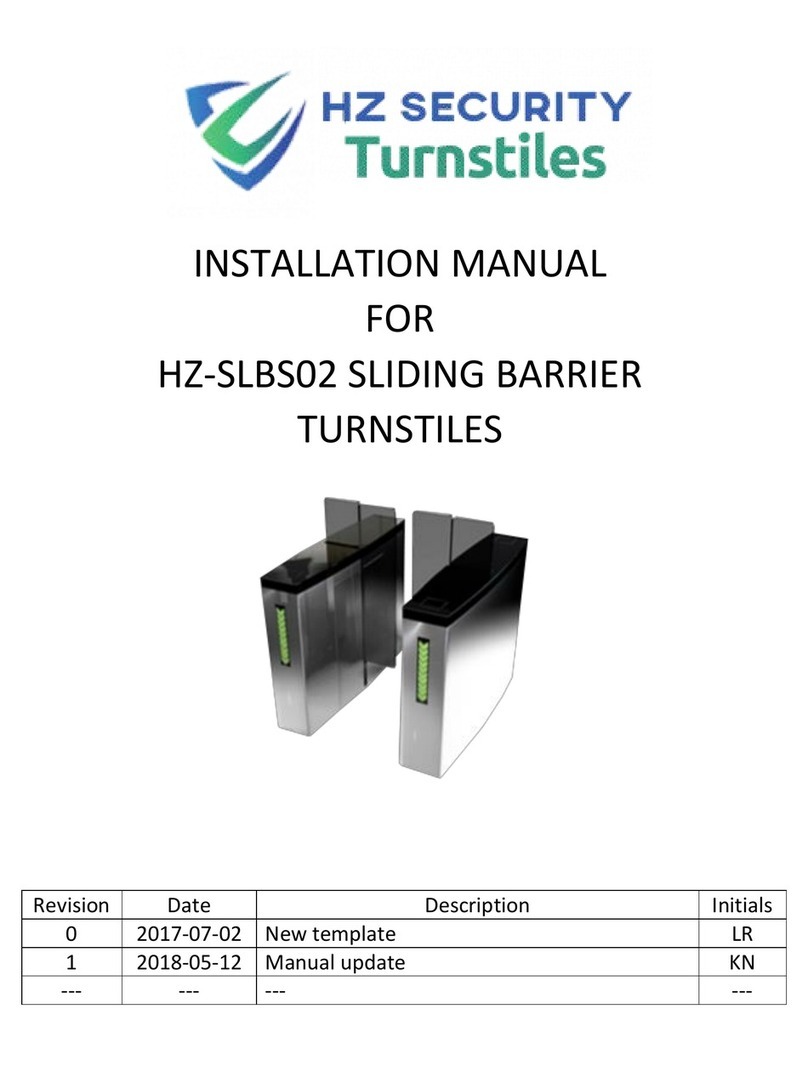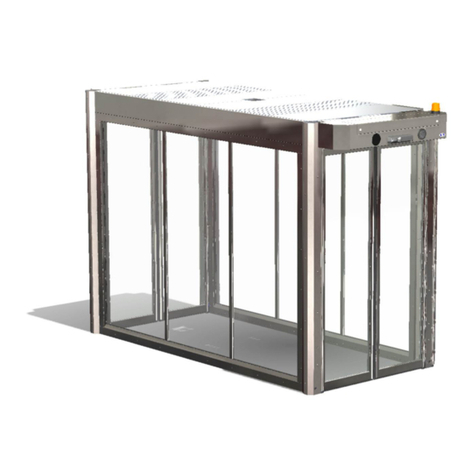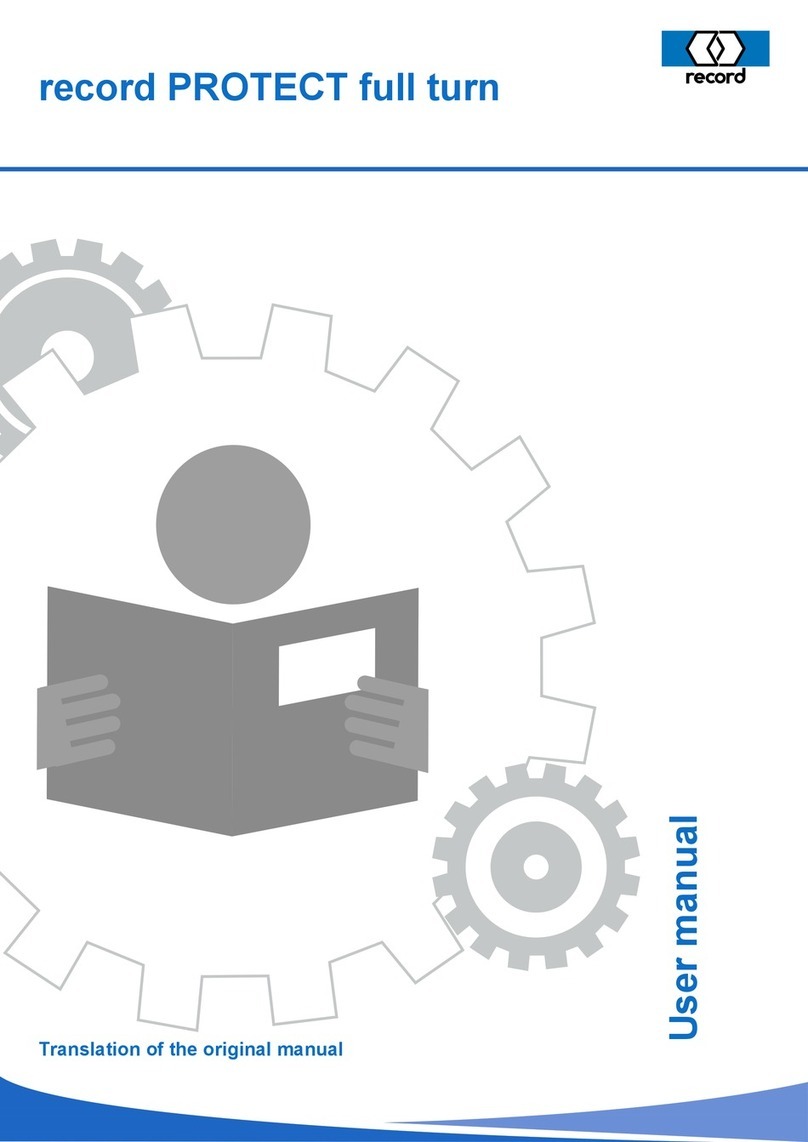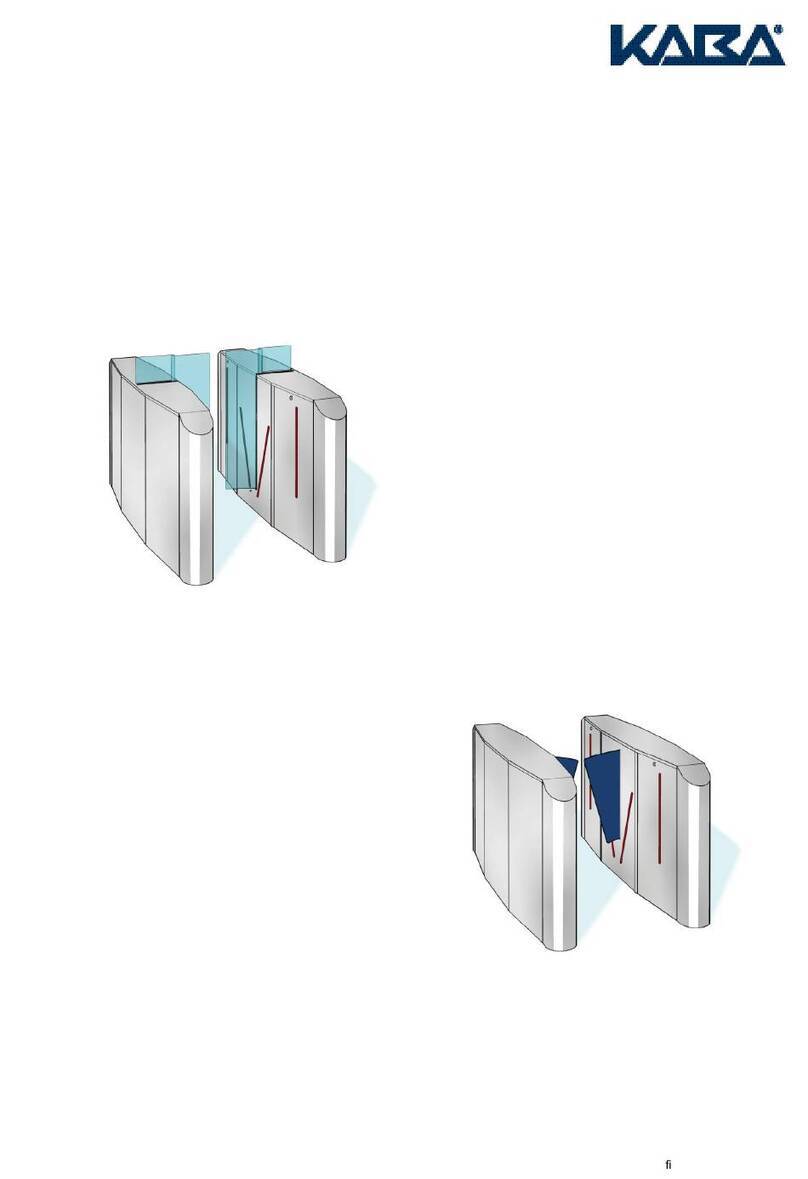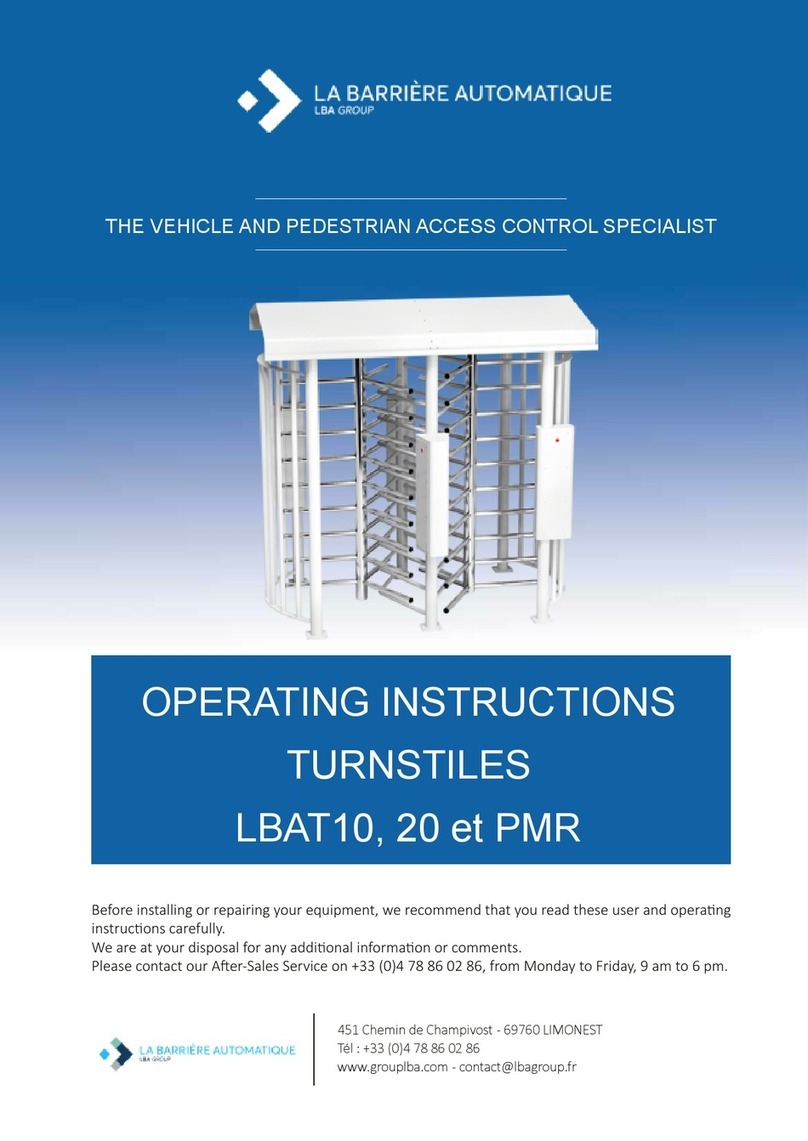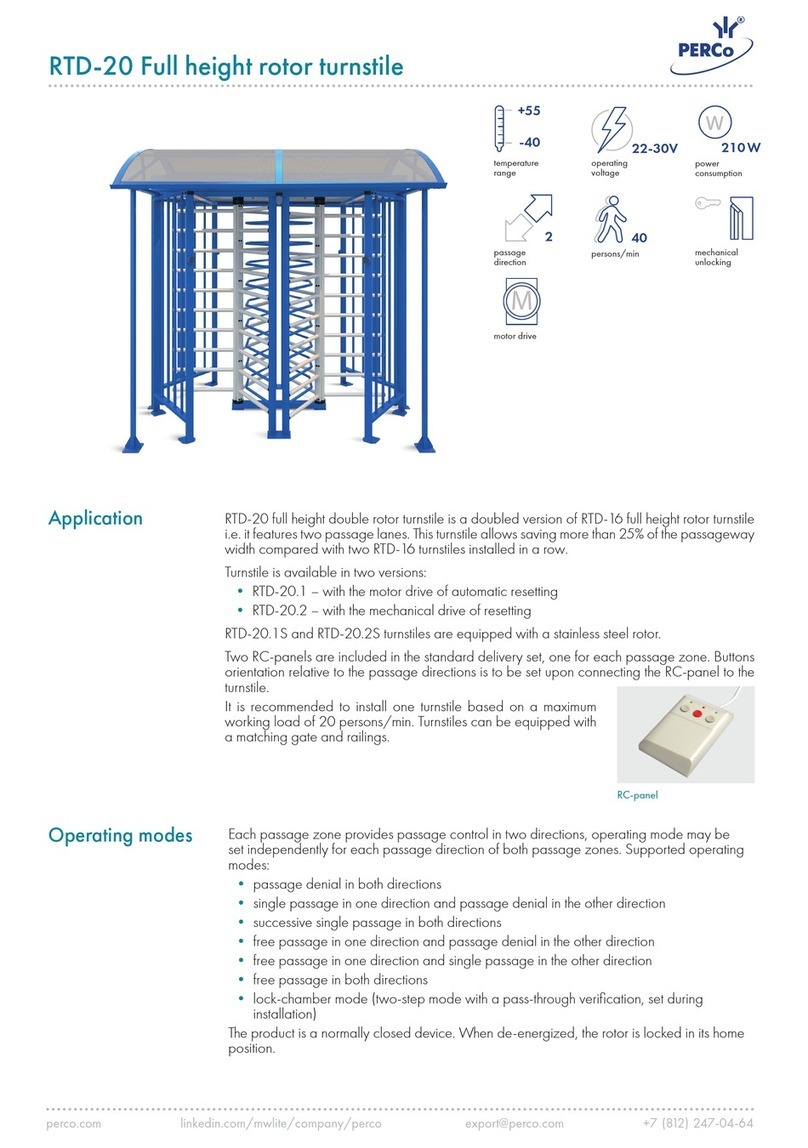
Table of content
BAL_Speedgate_slide_EN_1V0_REC_102-905401041 3 / 26
Table of content
1 Safety............................................................................................................................................................ 4
1.1 Presentation of warning signs............................................................................................................... 4
1.2 Intended purpose of use ....................................................................................................................... 4
1.3 General hazards ................................................................................................................................... 5
1.4 State of technology ............................................................................................................................... 8
1.5 Personal protective equipment ............................................................................................................. 8
1.6 Spare parts and liability ........................................................................................................................ 9
2 General information .................................................................................................................................... 10
2.1 Purpose and use of the instructions ..................................................................................................... 10
2.2 Copyright .............................................................................................................................................. 10
2.3 Product identification ............................................................................................................................ 10
2.4 Document identification ........................................................................................................................ 10
2.5 Manufacturer agtatec ag....................................................................................................................... 10
2.6 Target groups ....................................................................................................................................... 11
3 Description................................................................................................................................................... 12
3.1 Units...................................................................................................................................................... 12
4 Specifications .............................................................................................................................................. 14
4.1 Technical specifications........................................................................................................................ 14
5 Operation...................................................................................................................................................... 16
5.1 Passage management.......................................................................................................................... 16
5.2 Normal Use........................................................................................................................................... 16
5.3 Alarm Conditions .................................................................................................................................. 16
6 Servicing and maintenance ........................................................................................................................ 17
6.1 General care ......................................................................................................................................... 17
6.2 Routine maintenance............................................................................................................................ 18
7 Malfunctions ................................................................................................................................................ 19
7.1 Fault Finding ......................................................................................................................................... 19
7.2 Fault diagnosis...................................................................................................................................... 20
7.3 Fault code tables .................................................................................................................................. 20
8 Taking out of service and disposal............................................................................................................ 23
8.1 Decommissioning ................................................................................................................................. 23
8.2 Dismantling and disposal...................................................................................................................... 23
